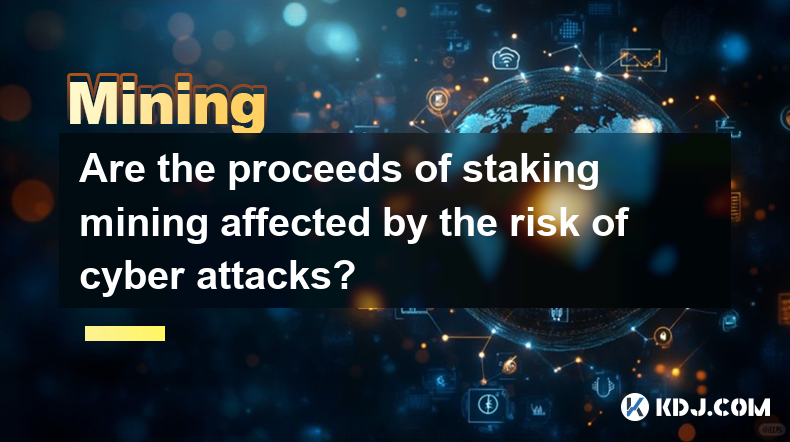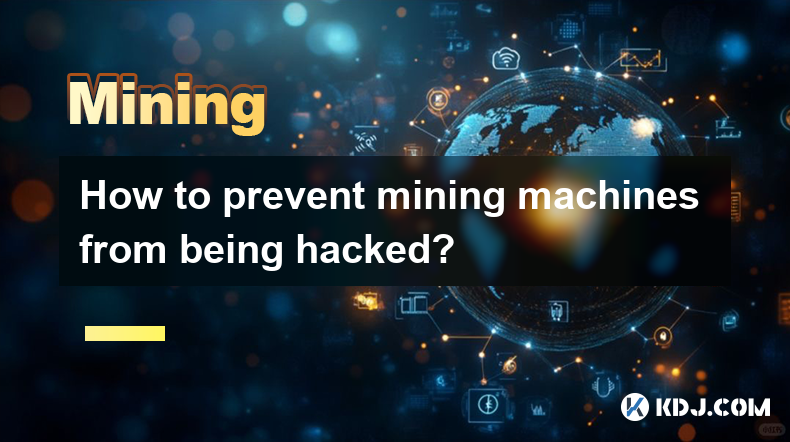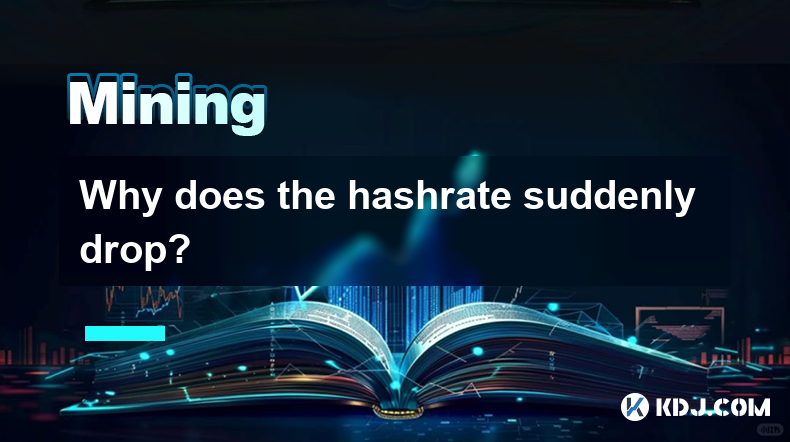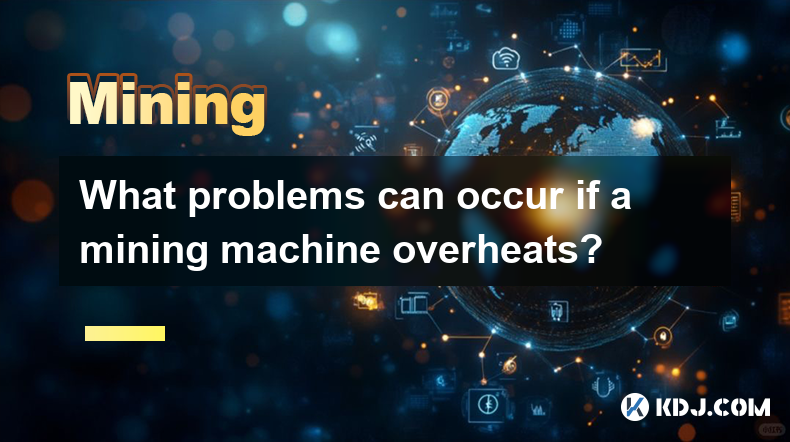-
 Bitcoin
Bitcoin $82,885.3260
7.82% -
 Ethereum
Ethereum $1,664.7407
13.01% -
 Tether USDt
Tether USDt $0.9998
0.06% -
 XRP
XRP $2.0661
13.96% -
 BNB
BNB $582.1066
4.53% -
 Solana
Solana $118.5136
11.94% -
 USDC
USDC $1.0000
-0.01% -
 Dogecoin
Dogecoin $0.1617
13.03% -
 TRON
TRON $0.2376
2.98% -
 Cardano
Cardano $0.6386
13.85% -
 UNUS SED LEO
UNUS SED LEO $9.3562
3.91% -
 Chainlink
Chainlink $12.6904
15.79% -
 Toncoin
Toncoin $3.2081
6.90% -
 Avalanche
Avalanche $18.5421
15.29% -
 Stellar
Stellar $0.2419
8.33% -
 Sui
Sui $2.2585
14.96% -
 Hedera
Hedera $0.1702
13.94% -
 Shiba Inu
Shiba Inu $0.0...01202
12.99% -
 MANTRA
MANTRA $6.6226
6.82% -
 Bitcoin Cash
Bitcoin Cash $305.1008
12.57% -
 Litecoin
Litecoin $76.9815
10.64% -
 Polkadot
Polkadot $3.7073
8.65% -
 Dai
Dai $1.0002
0.00% -
 Bitget Token
Bitget Token $4.2387
4.73% -
 Ethena USDe
Ethena USDe $0.9990
0.02% -
 Hyperliquid
Hyperliquid $13.9516
24.16% -
 Pi
Pi $0.6078
6.54% -
 Monero
Monero $204.8144
2.32% -
 Uniswap
Uniswap $5.4402
13.27% -
 OKB
OKB $53.4805
4.53%
Are the proceeds of staking mining affected by the risk of cyber attacks?
Staking and mining rewards are at risk from cyberattacks like phishing, malware, and DDoS, highlighting the need for robust security measures to protect earnings.
Apr 04, 2025 at 12:21 am

Are the Proceeds of Staking and Mining Affected by the Risk of Cyber Attacks?
Understanding the Risks: Staking and Mining in the Face of Cyber Threats
Staking and mining are fundamental processes in many blockchain networks, offering users the opportunity to earn cryptocurrency rewards. However, both are susceptible to various cyberattacks, potentially impacting the proceeds earned. Understanding these risks is crucial for anyone participating in these activities.
Staking and its Cyber Security Vulnerabilities
Staking involves locking up cryptocurrency to validate transactions and secure the network. While generally considered less energy-intensive than mining, staking isn't immune to cyber threats. Phishing scams are a major concern. Attackers might create fake staking platforms or send malicious emails to steal users' private keys, granting them access to staked funds.
Furthermore, exchange hacks can impact staked assets if the exchange where the cryptocurrency is held is compromised. Similarly, vulnerabilities within the staking platform's software itself could be exploited by attackers to drain user funds. Regular security audits and choosing reputable staking platforms are crucial mitigating factors.
Smart contract vulnerabilities on the blockchain can also expose staked assets to theft. Malicious code within the smart contract could allow attackers to drain funds or manipulate the staking process to their advantage. Thorough smart contract audits are essential before participating in any staking program.
The risk of 51% attacks also exists, although less prevalent in larger, more established networks. If a single entity controls over 50% of the network's staking power, they could potentially reverse transactions, double-spend funds, and manipulate the blockchain for personal gain.
Mining and its Exposure to Cyber Threats
Mining, the process of verifying transactions and adding new blocks to the blockchain, is inherently resource-intensive. While the rewards can be substantial, it's also vulnerable to various cyberattacks. Malware infections can compromise mining rigs, redirecting their computational power to mine cryptocurrency for the attacker.
Distributed Denial-of-Service (DDoS) attacks can target mining pools, disrupting operations and reducing the profitability of mining. These attacks overwhelm the pool's servers, preventing legitimate miners from submitting their work and earning rewards. Robust network security and mitigation strategies are necessary to counteract these threats.
Similar to staking, phishing and social engineering attacks remain a significant threat. Attackers might target miners with malicious links or software, gaining access to their wallets and mining configurations. Strong security practices, including multi-factor authentication, are crucial to protect against these attacks.
Hardware vulnerabilities in mining rigs can also be exploited by attackers. Outdated firmware or poorly secured hardware can leave miners susceptible to remote access and control, allowing attackers to steal their earnings or redirect their mining power. Regular software updates and robust security measures are vital for protecting mining hardware.
The complexity of mining hardware and software makes it a prime target for sophisticated attacks. Supply chain attacks are a potential risk, where malicious actors compromise the manufacturing or distribution process to introduce vulnerabilities into mining hardware.
Steps to Mitigate Risks in Staking and Mining
Here are some steps you can take to minimize the risks associated with staking and mining:
- Use strong and unique passwords: Never reuse passwords across different platforms.
- Enable two-factor authentication (2FA): This adds an extra layer of security to your accounts.
- Keep your software updated: Regularly update your operating systems, applications, and firmware.
- Use reputable exchanges and staking platforms: Research and choose platforms with a strong security track record.
- Diversify your investments: Don't put all your eggs in one basket. Spread your investments across multiple platforms and assets.
- Be wary of phishing scams: Don't click on suspicious links or open emails from unknown senders.
- Regularly back up your data: This will help you recover your assets in case of a cyberattack.
- Monitor your accounts: Regularly check your accounts for any unauthorized activity.
- Invest in robust security hardware and software: For mining, invest in high-quality equipment and strong security measures.
Frequently Asked Questions
Q: Are all staking and mining platforms equally secure?
A: No, the security of staking and mining platforms varies significantly. Some platforms have robust security measures in place, while others may be more vulnerable to attacks. It's crucial to thoroughly research and choose reputable platforms with a proven track record.
Q: Can I recover my funds if they are stolen in a cyberattack?
A: This depends on the nature of the attack and the platform involved. Some platforms may offer insurance or compensation, while others may not. It's essential to report any unauthorized activity immediately to the relevant authorities and the platform provider.
Q: How can I protect my mining hardware from malware?
A: Use reputable antivirus software, keep your operating system and firmware updated, and avoid downloading software from untrusted sources. Regularly scan your hardware for malware and consider using a dedicated, isolated network for your mining operations.
Q: What are the signs of a phishing scam related to staking or mining?
A: Phishing scams often involve unsolicited emails or messages requesting your private keys, passwords, or other sensitive information. They may also involve fake websites that mimic legitimate platforms. Be wary of any communication that seems suspicious or asks for sensitive information.
Q: Is it possible to completely eliminate the risk of cyberattacks in staking and mining?
A: No, it is impossible to completely eliminate the risk of cyberattacks. However, by implementing robust security measures and staying informed about emerging threats, you can significantly reduce your risk exposure.
Disclaimer:info@kdj.com
The information provided is not trading advice. kdj.com does not assume any responsibility for any investments made based on the information provided in this article. Cryptocurrencies are highly volatile and it is highly recommended that you invest with caution after thorough research!
If you believe that the content used on this website infringes your copyright, please contact us immediately (info@kdj.com) and we will delete it promptly.
- XRPTurbo ($XRT) Captures the Attention of Crypto Investors and XRP Whales
- 2025-04-10 05:15:13
- 3 Altcoins to Watch as the Cryptocurrency Market Prepares for Its Next Major Upswing
- 2025-04-10 05:15:13
- Bitcoin Hashrate Hits Historic High Amid Price Plunge
- 2025-04-10 05:10:13
- Cryptocurrencies Surge in Value Following President Donald Trump's Announcement Regarding the Creation of a Strategic Bitcoin Reserve
- 2025-04-10 05:10:13
- Remittix (RTX) Promises a Revolutionary Way of Making Cross-border Payments
- 2025-04-10 05:05:13
- MAGACOIN FINANCE: The New Crypto on Everyone's Radar
- 2025-04-10 05:05:13
Related knowledge

How to prevent mining machines from being hacked?
Apr 08,2025 at 09:00pm
In the world of cryptocurrency, mining machines play a crucial role in securing networks and validating transactions. However, these machines are also prime targets for hackers looking to exploit vulnerabilities for financial gain. Preventing mining machines from being hacked requires a multi-faceted approach that includes robust security measures, regu...

Why does the hashrate suddenly drop?
Apr 09,2025 at 08:29pm
Introduction to HashrateHashrate is a critical metric in the world of cryptocurrencies, particularly for those that use Proof of Work (PoW) consensus mechanisms like Bitcoin. It represents the total computational power being used to mine and process transactions on a blockchain. A sudden drop in hashrate can be alarming for miners and investors alike, a...

What to do if the rejection rate of a mining pool is too high?
Apr 10,2025 at 01:28am
High rejection rates in mining pools can be a frustrating issue for miners, as it directly impacts their profitability and efficiency. Understanding the causes and implementing effective solutions is crucial to maintaining a healthy mining operation. This article will delve into the reasons behind high rejection rates and provide detailed steps to addre...

How to reduce the power consumption of a mining machine?
Apr 09,2025 at 11:28pm
Mining cryptocurrencies can be a lucrative endeavor, but it comes with the significant drawback of high power consumption. Reducing the power consumption of a mining machine not only helps in cutting down electricity costs but also contributes to a more sustainable approach to mining. In this article, we will explore various strategies and techniques to...

What problems can occur if a mining machine overheats?
Apr 09,2025 at 01:36pm
Overheating is a common issue that can plague mining machines, leading to a variety of problems that can affect their performance and longevity. Understanding the potential issues that arise from overheating is crucial for miners who want to maintain the efficiency and durability of their equipment. This article will delve into the various problems that...

How to configure mining software to connect to a mining pool?
Apr 10,2025 at 04:56am
Configuring mining software to connect to a mining pool is a crucial step for anyone looking to participate in cryptocurrency mining. This process involves setting up your mining software to communicate with a mining pool server, which then coordinates the mining efforts of multiple miners to increase the chances of solving cryptographic puzzles and ear...

How to prevent mining machines from being hacked?
Apr 08,2025 at 09:00pm
In the world of cryptocurrency, mining machines play a crucial role in securing networks and validating transactions. However, these machines are also prime targets for hackers looking to exploit vulnerabilities for financial gain. Preventing mining machines from being hacked requires a multi-faceted approach that includes robust security measures, regu...

Why does the hashrate suddenly drop?
Apr 09,2025 at 08:29pm
Introduction to HashrateHashrate is a critical metric in the world of cryptocurrencies, particularly for those that use Proof of Work (PoW) consensus mechanisms like Bitcoin. It represents the total computational power being used to mine and process transactions on a blockchain. A sudden drop in hashrate can be alarming for miners and investors alike, a...

What to do if the rejection rate of a mining pool is too high?
Apr 10,2025 at 01:28am
High rejection rates in mining pools can be a frustrating issue for miners, as it directly impacts their profitability and efficiency. Understanding the causes and implementing effective solutions is crucial to maintaining a healthy mining operation. This article will delve into the reasons behind high rejection rates and provide detailed steps to addre...

How to reduce the power consumption of a mining machine?
Apr 09,2025 at 11:28pm
Mining cryptocurrencies can be a lucrative endeavor, but it comes with the significant drawback of high power consumption. Reducing the power consumption of a mining machine not only helps in cutting down electricity costs but also contributes to a more sustainable approach to mining. In this article, we will explore various strategies and techniques to...

What problems can occur if a mining machine overheats?
Apr 09,2025 at 01:36pm
Overheating is a common issue that can plague mining machines, leading to a variety of problems that can affect their performance and longevity. Understanding the potential issues that arise from overheating is crucial for miners who want to maintain the efficiency and durability of their equipment. This article will delve into the various problems that...

How to configure mining software to connect to a mining pool?
Apr 10,2025 at 04:56am
Configuring mining software to connect to a mining pool is a crucial step for anyone looking to participate in cryptocurrency mining. This process involves setting up your mining software to communicate with a mining pool server, which then coordinates the mining efforts of multiple miners to increase the chances of solving cryptographic puzzles and ear...
See all articles





















































































